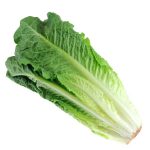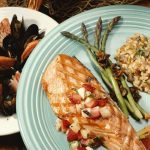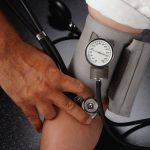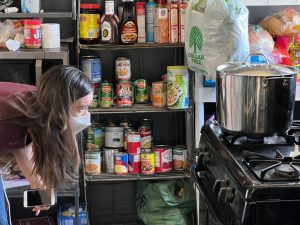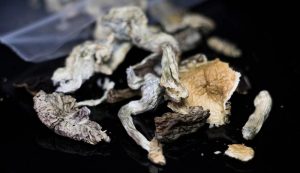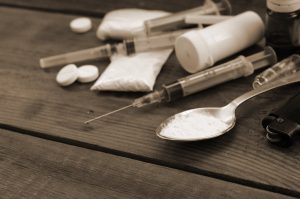
Reducing stress could cut your risk of allergy and asthma symptoms during the holidays. “Studies show stress can cause a number of negative health effects, including causing more symptoms for allergy and asthma sufferers,” said Dr. Todd Mahr, president of the American College of Allergy, Asthma and Immunology. “It makes sense that if you want to make your holidays more fun and less challenging, you might focus on ways to bring peace and wellness to your household,” Mahr added in a college news release. The college offers some other tips for controlling asthma and allergy symptoms over the holidays: Exercise can help reduce stress, but exercising in cold weather may make asthma symptoms worse. If you have symptoms such as coughing, wheezing, tightness in your chest or shortness of breath when you exercise in cold weather, you may have undiagnosed asthma. If you have asthma, warm up with gentle exercises for about 15 minutes before you start more intense exercise. Cover your mouth and nose with a scarf or face mask when you exercise in cold weather. Take your recommended asthma medicines. Another option is to move your workouts indoors when the outside temperature falls below freezing. Scented candles and wood-burning fireplaces can trigger allergy and asthma symptoms. Consider flameless candles and an electric fireplace instead. If you or a family member has food allergies,… read on >











